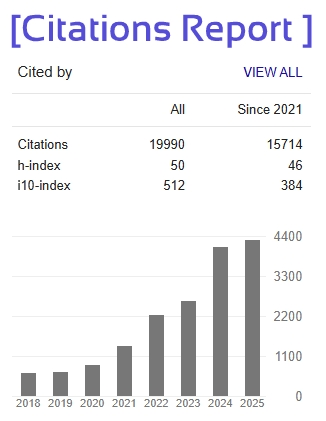AI in Human-Computer Interaction
Shilpa D M
Master of Computer Application
Dayananda Sagar College of Engineering
Banglore
shilpamahadevaswamy8@gmail.com
Prof.Alamma B H
Master of Computer Application
Dayananda Sagar College of Engineering
Banglore
alamma-mcavtu@dayanandasagar.edu
Abstract— The emergence of human-computer interaction as a concept can be attributed to the progress made in computer technology. Educated and technically proficient young adults often take part in research experiments related to human-computer interaction. The mental model in human-computer interaction is the main topic of this essay. One of the tactics used in this review study is to call attention to current theories, findings, and advancements in HCI. A second strategy is to look for study areas that haven't been explored yet but are falling behind. In order to produce better user-friendly products, this study emphasizes the importance of fidelity prototyping, which highlights the emotional intelligence of the user. This process is still being developed and designed as an automated method.
The area of human-computer interaction explores the interactions between people and computers, focusing on the extent to which computers are designed to effectively accommodate human needs and preferences. A user-friendly method of computer access is speech and pattern recognition. The suggested system will launch the speech driver before capturing user input using the microphone. We'll translate the speech input into text.
The text input is transformed into tokens by the lexical analyzer and saved in the symbol table. Tokens are fed into the parser, which creates a parse tree. This vocal input can be used to execute various Linux OS commands. The speech will be analyzed for keywords that apply to other activities, and the corresponding command will be carried out. The suggested system will function in both terminal and word processor modes. It will carry out both internal and external commands in terminal mode. When in word processor mode, it will carry out actions like open, type, save, and exit. Operations will be carried out by the system in response to oral commands.
Keywords— Human Computer Interaction, Natural Language Processing, Application Program Interface, Speech to text, Emotional intelligence, Interactivity, Younger participants, Fidelity Prototyping.







